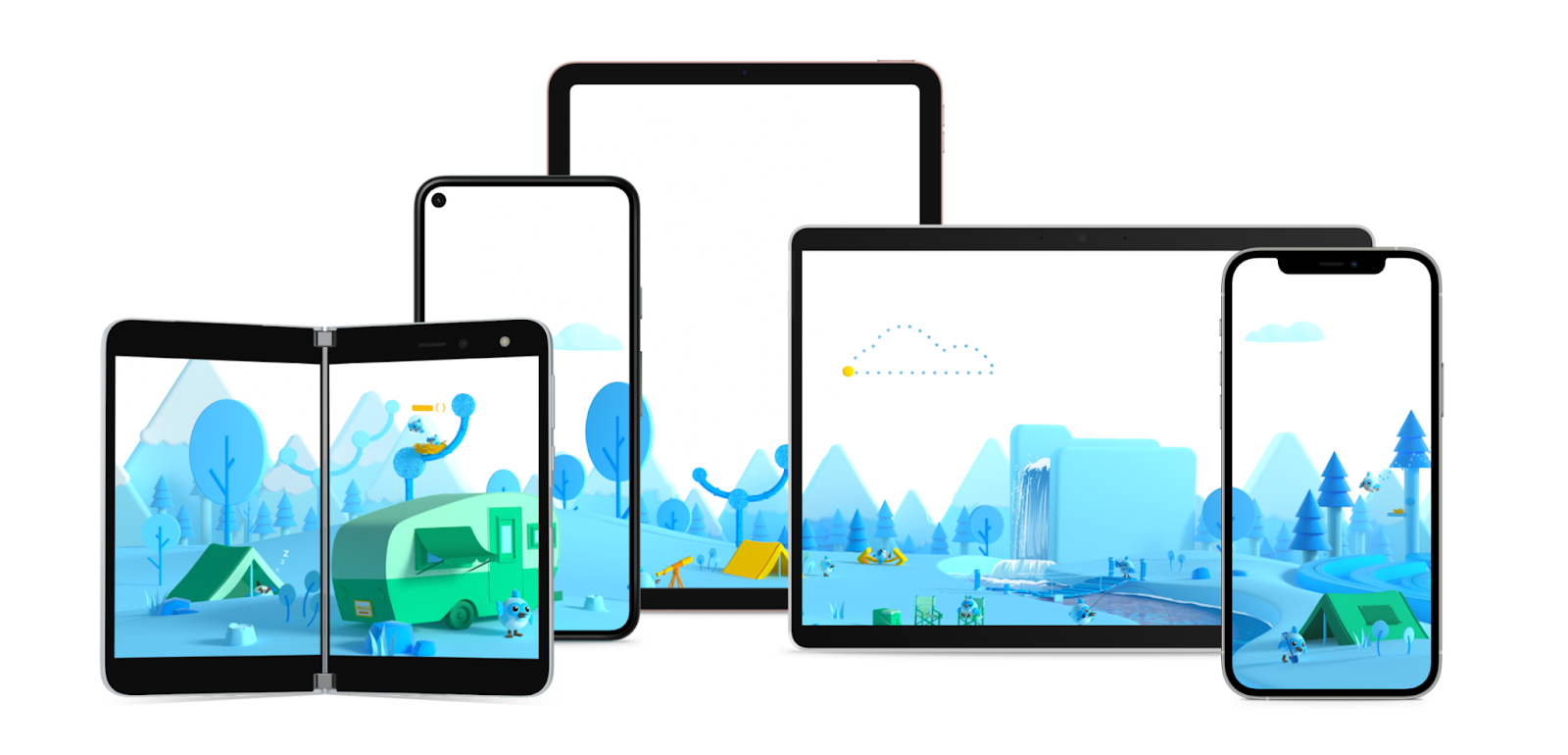… and c# just keeps getting better and better.
Category Archives: Development
New Project in the works: Algorithmic Stock Trading Infrastructure
A project to provide a single REST API & WebSocket interface for the purpose of developing algorithmic stock trading bots.
When you want to use their websocket API but you do not have direct access to their websocket API.
When you have a website which updates using a websocket, but you do not have direct access to the websocket, you can use the following technique to catch when the DOM is updated:
Using headless chrome via the websockets interface | by Lucas M | Medium
bugs in code
Eventually you discover that the bugs you create in your code have more to do with karma than skill. Once you develop the skill to code there is no reason for there to be bugs. It is through clearing out the karma that your development ability becomes more and more unhindered. Bugs point to what remains.
Google is teaming up with Ubuntu to bring Flutter apps to Linux
https://www.androidpolice.com/2020/07/08/google-is-teaming-up-with-ubuntu-to-bring-flutter-apps-to-linux/
Excited about Flutter
As the time approaches to once again put together a mobile app the obvious question is, “What is the latest and greatest way to develop an app that will run on all mobile platforms?”. Only a couple years old, Google is on the leading edge with Flutter!
I can’t wait to get started! Take a look:
Taiga contribution
Taiga.io is an open source product offering Scrum, Kanban, & issue tracking among other features. It is comparable to Jira, though smaller scale. I’ve enjoyed using this product for years for tracking my software projects and other personal goals. The product can be managed by others at cost, or installed locally for free.
Given that the one mobile app (created by a third party) is rather expensive I’ve decided to initially create some PowerShell cmdlets to access the Taiga REST interface, and later put together a mobile app offering just a few features initially such as marking a user story complete, adding a user story, and adding detail to a user story.
In this way Taiga will be usable easily as a Trello-type app replacement, and in doing so can ensure IP is kept safe.
I’ve started this process with creating an installation video which over time will hopefully lead to increased usage of the product:
